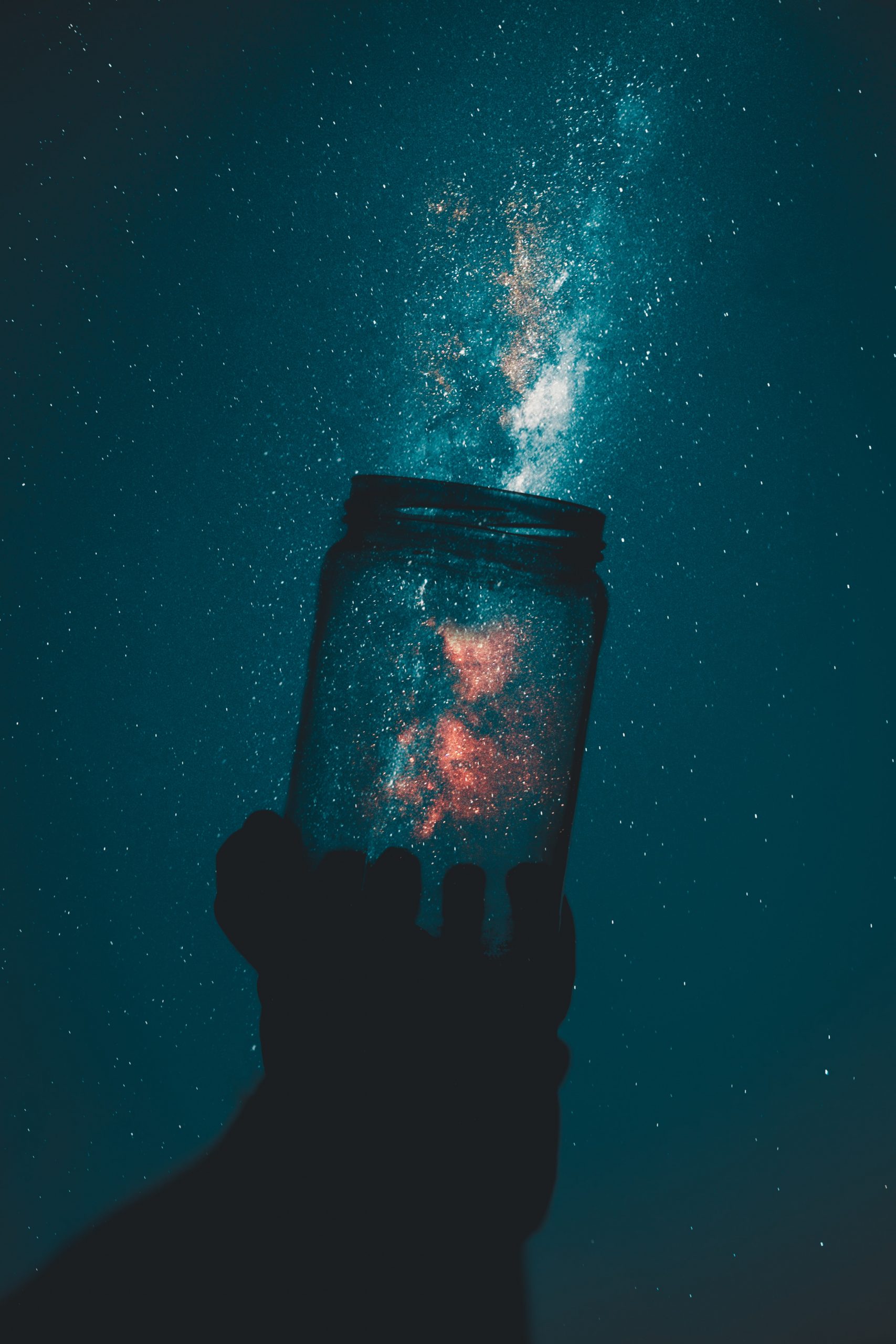
Stranded on an uncharted island after a brutal hurricane wrecks their ship, a group of castaways clings to hope fifty-three miles from Bermuda. Sent to find help, one survivor treks along the endless beach, GPS in hand, only to discover a chilling anomaly: no matter how far he walks, the coordinates refuse to change. As […]


